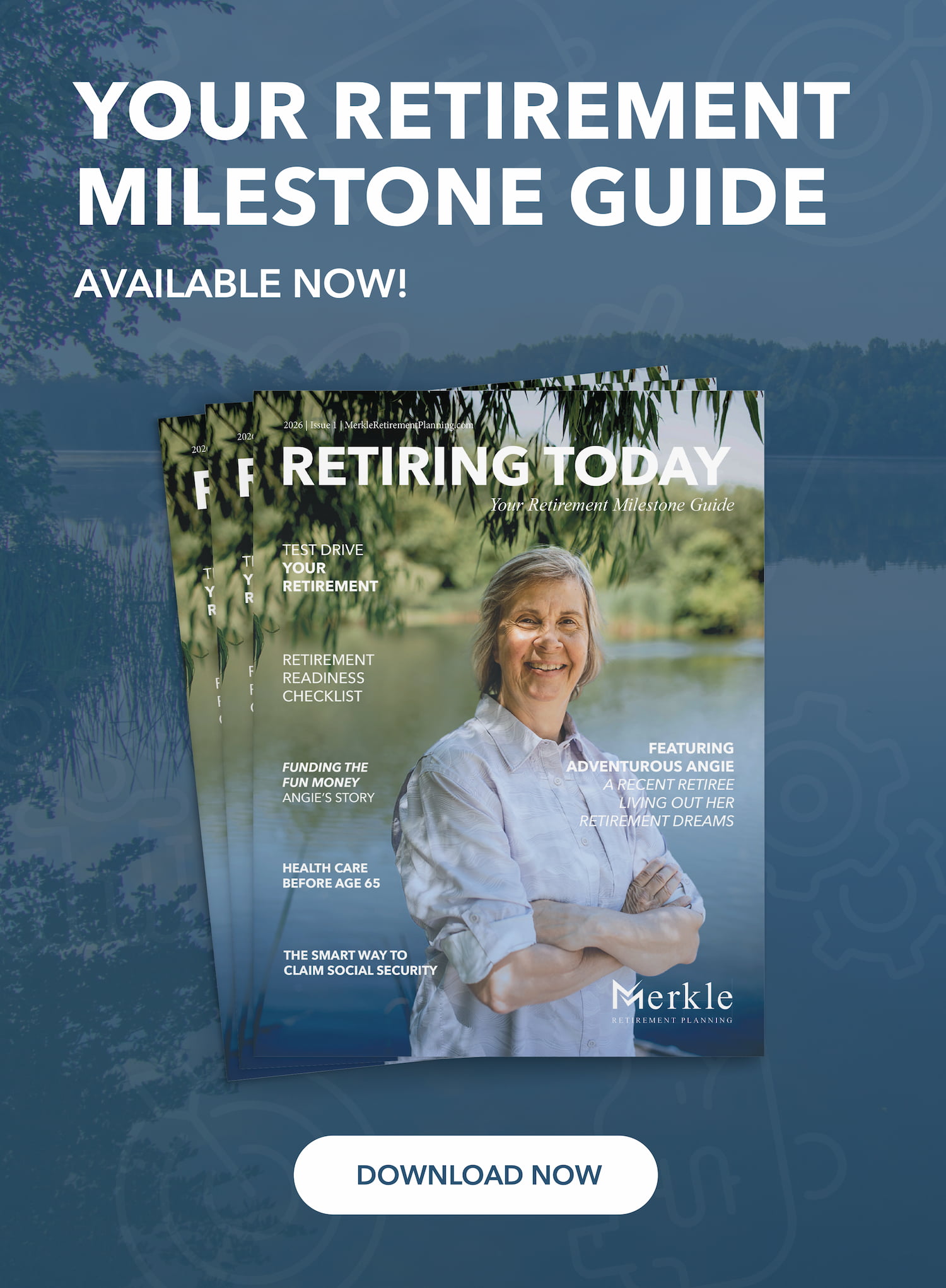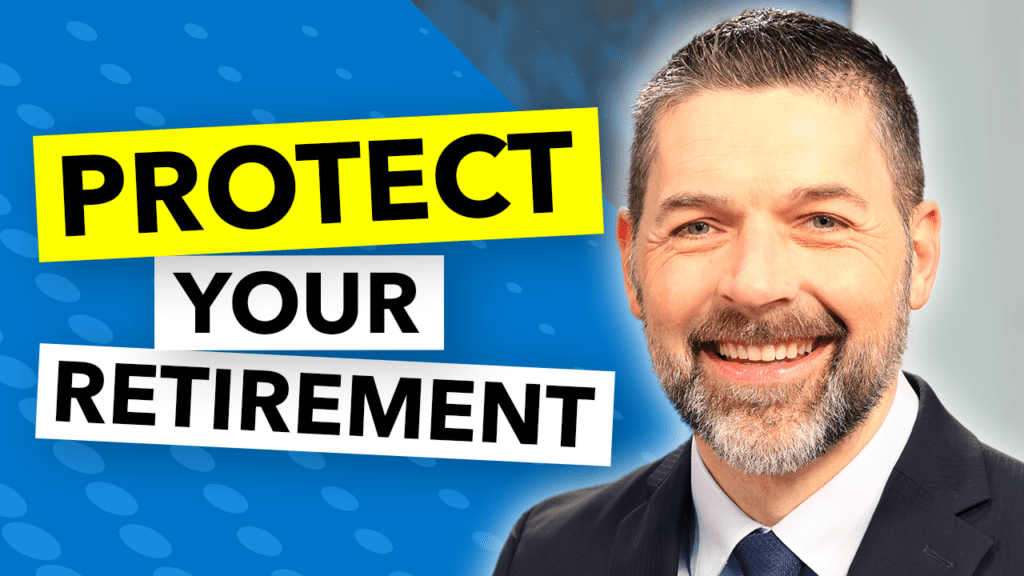When people think about retirement, they often focus on the numbers—how much they’ve saved, when to claim Social Security, or how to manage taxes. But equally important, and often overlooked, is how they’ll actually live day to day once they stop working. That’s where a retirement lifestyle plan comes in.
According to Retirement Planner Loren Merkle, lifestyle is the most imagined part of retirement but often the least planned for. “It’s the trips, the grandkids, the hobbies—you’ve been thinking about it for years,” says Loren. “But when someone finally retires, they take the trip, come home, and ask, ‘Now what?’”
To avoid that “now what” moment, it’s helpful to understand some of the most common traps retirees fall into—and how a bit of foresight can help prevent them.
–––––––––––––––––––––––––––––––––––––––––––––––––––––––––––––––––––––––––––––––––––––––––––––
1. Making Emotional Decisions
Retirement comes with big decisions, and it’s easy to let emotion lead the way—especially when it comes to Social Security. Retirement Planner Chawn Honkomp says Social Security is one of those emotional decisions people face. “We often see individuals tying their benefit election to what a friend or sibling did, without considering whether it’s the best fit for their situation,” he explains.
Consider the example of a hypothetical couple, Nick and Jill, weighing their options for claiming Social Security:
- Option 1: Elect benefits at retirement (Nick at 65, Jill at 62)
Approximate total benefit: $1,030,000

- Option 2: Delay both to age 70
Approximate total benefit: $1,107,000

- Option 3: A strategic, planned approach (Nick at 70, Jill at 66)
Approximate total benefit: $1,118,000

In this scenario, a planned and personalized approach yielded the highest lifetime benefit. By removing the influence of emotion and outside opinions, Nick and Jill found a strategy tailored to their goals and longevity expectations—resulting in an estimated $88,000 more than their initial option.
Loren points out that taking a planned approach doesn’t remove emotion—it changes the kind. “It shifts you from anxiety and confusion to confidence and peace of mind,” he says.
2. Not Spending Enough
It might sound surprising, but one of the more common retirement traps is not spending enough. After years of diligently saving, many retirees feel hesitant to start drawing down their assets.
“There’s a psychological shift that happens when you retire,” says Chawn. “You go from saving mode to spending mode, and it feels backwards. Suddenly you’re watching balances go down, and it creates fear—even if the spending is planned.”
That fear can lead to overly conservative habits. Instead of enjoying travel or family time, retirees may hold back out of uncertainty. Loren describes it this way: “If you’re retired, spending $5,000 a month, and doing everything you love—great. But if you’re staying home, not doing the things you want because you’re afraid of running out of money, then it’s possible that you are not spending enough.”
The key is having a detailed income plan. As Chawn explains, an income plan factors in guaranteed sources like Social Security and pensions, then calculates how much to draw from retirement accounts. “It helps people feel comfortable spending what they’ve worked so hard to save.”
3. Listening to Outside Noise
Headlines, market updates, well-meaning friends—there’s no shortage of opinions when it comes to retirement. But acting on that noise can be risky, especially with investments.
Loren and Chawn both stress the importance of looking at the big picture. Loren points to long-term data showing how missing just a few good market days can drastically reduce returns. “If you invested $10,000 in the S&P 500 from 2002 to 2022 and did nothing, it could have grown to over $46,000,” he says. “Miss the 10 best days? You end up with less than half.”

That’s why both Retirement Planners emphasize the value of an investment plan. “When markets are volatile, it’s tempting to react,” says Chawn. “But if you’ve already accounted for ups and downs in your plan, you’re much more likely to stay the course.”
This same idea applies beyond investing. People also receive conflicting advice on things like Social Security, spending strategies, or even how much risk they should take. “What worked for someone else may not work for you,” Chawn adds. “Every plan needs to be tailored.”
4. Not Having a Purpose
While money matters, Loren notes that purpose plays just as big a role in retirement satisfaction. “If you don’t have a reason to get up in the morning, retirement can feel unfulfilling—or even unhealthy,” he says.
Many retirees underestimate how much their social structure and identity are tied to their careers. Without a clear picture of how they’ll spend their time, they can feel adrift. That’s why part of the Merkle Retirement Planning process includes a lifestyle survey, asking families and individuals about their hobbies, interests, and goals. “Whether you’re married or single, newly retired or just starting to plan, knowing how you want to spend your time impacts everything else—from income needs to health care to housing,” Loren says.
Purpose isn’t one-size-fits-all. For some, it’s travel. For others, it’s volunteering, exploring new hobbies, or spending more time with family. Whatever it looks like, identifying it early helps shape a more intentional, enjoyable retirement.
Final Thoughts
The financial pieces of retirement are important—but they only support what really matters: how you live. By watching out for these four traps—making emotional decisions, not spending enough, listening to outside noise, and not having a purpose—you can create a retirement that’s not only secure, but personally meaningful.
Click here to watch the full episode “Avoid These 5 Traps That Could Impact Your Legacy (Estate Planning)” on YouTube!










